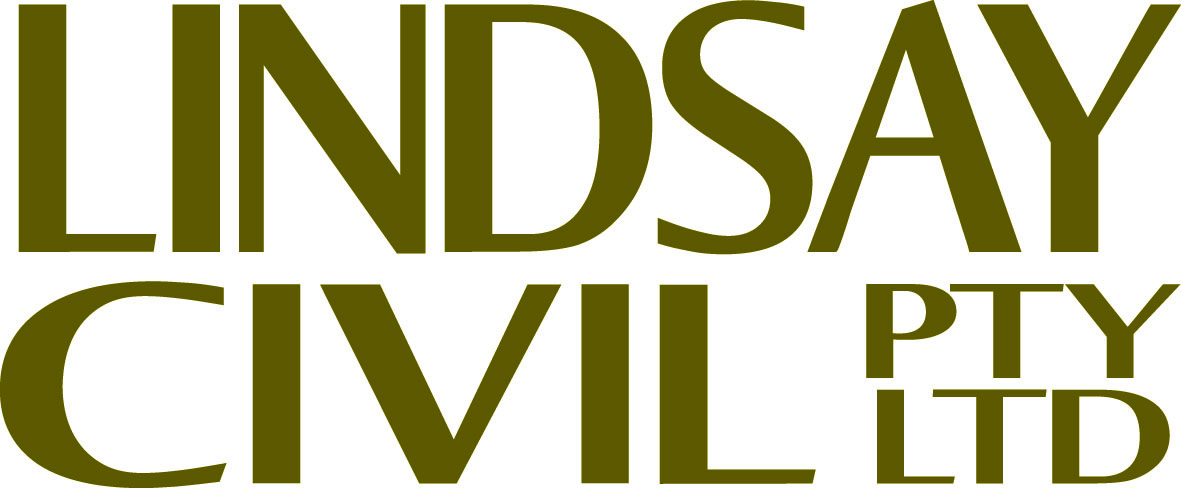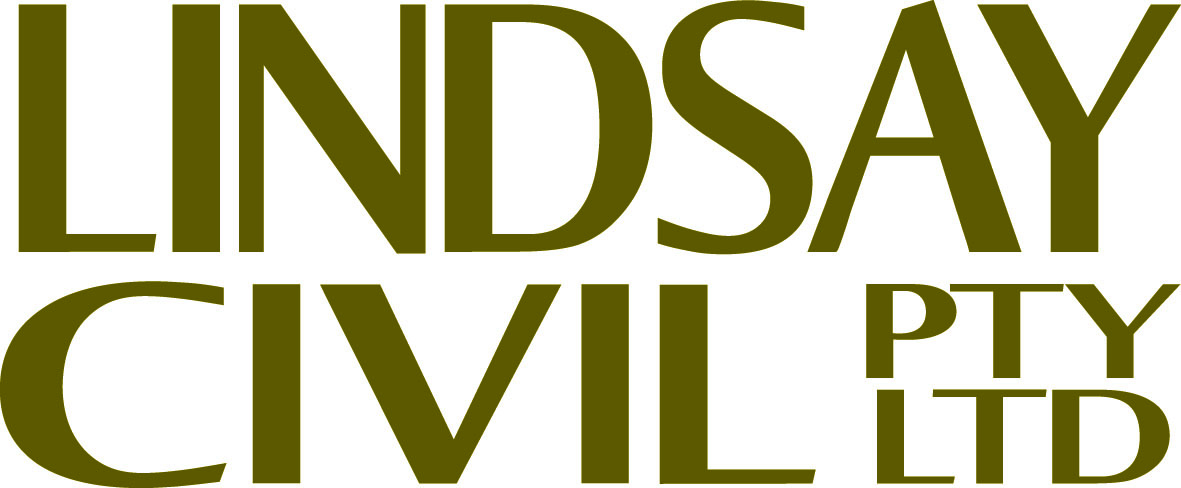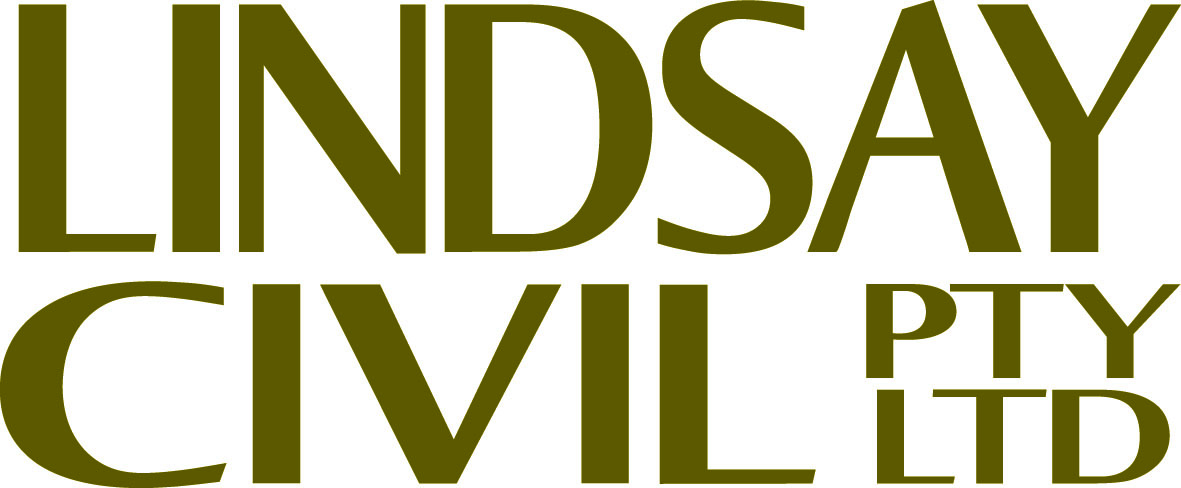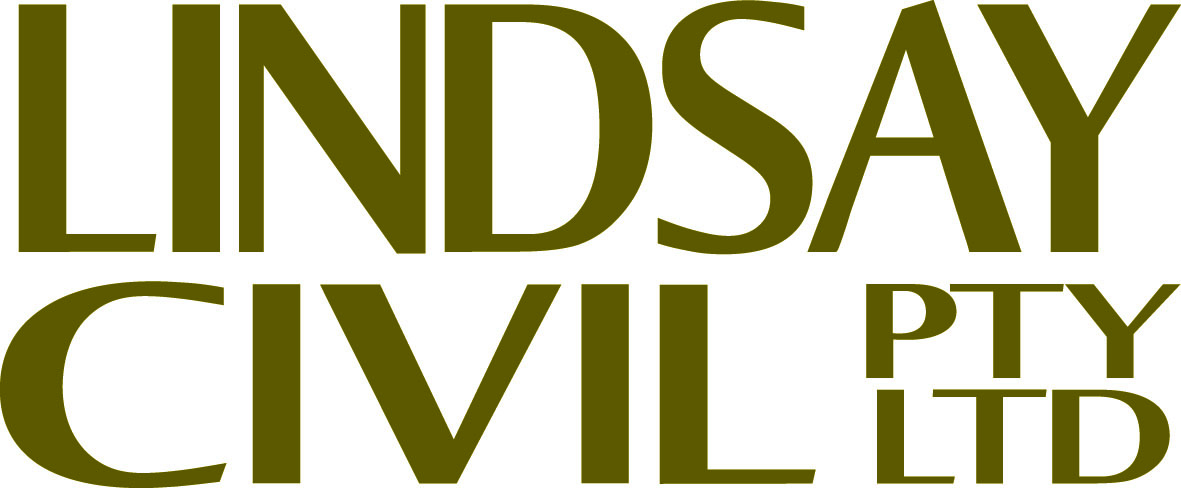Title Page
-
Project Number
-
Conducted on
-
Prepared by
-
Location
-
Leading Hand
LC HSEQ Audit
LC HSEQ Audit
-
LC Crew Name or Subcontractor
Mandatory Pre-Start Requirements
-
Daily Risk Assessment completed
-
Emergency Evacuation Muster Point defined and relayed to all personnel
-
Works to be conducted for the day is defined and communicated to work party
-
SWMS reviewed and signed
-
DBYD Plans on site, current and reviewed
-
Permit to Excavate signed & completed within 1 month validity
-
Toolbox Talk conducted regularly
-
Crew wearing all required PPE Hard hat, Steel caps, Hvis Long pants & sleeves, glasses, clipped gloves
General Site Safety
-
All Excavations and compounds are secure temporary fencing/flagging or supervised / controlled by site personnel
-
Drop Zones defined and marked with witches hats
-
Appropriate Traffic and Pedestrian Management in place supplemented with Traffic / Pedestrian Management Plan
-
RMS Road Occupancy License, Council Road Opening Permit and other legislative requirements in place and onsite
-
Relevant RMS Certificates of Competency held by traffic controllers
-
Works site is controlled and segregated from general public
-
Appropriate signage in place defining pedestrian and traffic access around work site
-
Slips, Trips and Fall hazards are segregated from general public
-
Any temporary road plates or trafficable covers are securely fixed down
-
Construction material is stored in areas that do not cause obstruction to access or egress (including in case of emergency)
-
First aid kit is provided & trained First Aider allocated
-
Environmental controls in place
Authority Mandatory Requirements
-
Current copy of the Electrical Safety Rules on site
-
Certified Design on site
-
Environmental Impact Assessment on site
-
Environmental Handbook on site (Ausgrid only)
-
Works in Progress Signs clearly displayed with 24 hour emergency contact name and number at each work location
-
Standards for the works being conducted available on site
-
Personnel undertaking works have relevant training for the task and are authorised to work on the network
-
LV Rescue and / or Pole Top Rescue Kit checked and in place as required
-
Access Permit, Clearance to Work, Authority to Work, Access Authority is reviewed, communicated and signed by work party
-
Live underground assets in unsupervised excavations are blinded, boarded and temporary fenced with signage
-
PPE and Equipment Tested as per the regulation, industry guides and Australian Standards
-
EWP Insulation Tested within the last 12 months
-
Height Sticks Insulation Tested within the last 12 months
-
LV Rescue Gloves less than 5 years from manufacture
-
LV Working Gloves less than 3 years from manufacture
-
Fall Arrest Harnesses have been tested and tagged within the last 6 months
Plant & Equipment
-
Daily inspection of plant and equipment completed and record exists
-
Plant and equipment operator licence or certificate of competency sighted and on site
-
Machine reversing alarms and flashing lights are in place and operating correctly
-
Operators reversing are looking in direction of travel. Plant is driven safely (walking pace)
-
Maintenance carried out on plant as per manufacturer's schedule and records exist
-
Plant is left parked on level ground and keys are not left when unattended
-
Mobile phones not used whilst operating any plant
-
Lock out or tag out in place when conducting maintenance on plant and equipment
-
Fire extinguisher available, tested and tagged within past 6 months
Manual Handling
-
People not twisting while lifting loads
-
People bending knees when lifting
-
People not lifting awkward loads alone (utilising team lifts)
-
People using mechanical aids (e.g., trolleys, etc) when one is able to be used
Working at Heights
-
Ladders are not used to work from when a person could fall 1.8 metres or more (eg, like next to penetrations) unless 1 metre back from edge for every 1 metre of height on the ladder
-
People are not stepping above third highest rung and have 3 points of contact (2 feet and one hand, or 2 hands and 1 foot) during going up or coming down the ladder
-
Person working at heights is carrying tools and equipment in a belt or bag or use a hand lanyard
-
Builders or extension ladders are securely fixed at top
-
Ladders are rated for max 120 kg, industrial strength, are fully open (& locked) and in good working order
-
Electricians when required use fibreglass ladders only
-
Harnesses are in good working order & have been tested within last 6 months
-
Handrails /edge protection in place where there is a risk of fall
Excavation
-
Buried services are located and identified prior to ground being broken
-
Excavations that are greater than 1.5 metres in depth, are controlled with benching, battering or shoring
-
Equipment, plant, materials or soil is not within 1 metre of edge unprotected from collapse. Straddling of trench by mobile plant is acceptable when soil is compacted and firm
-
Excavator boom and bucket not slewed over workers. People clear of area in trench when lifting is being undertaken
-
Where the potential for a gas release exists, ignition sources (such as smoking) are not allowed in the vicinity
-
No person to work alone in trench unless spotter is present. Spotter is in sight of operator at all times
-
Daily inspection of trench walls completed by competent person and records exists (e.g Prestart form)
-
Edge protection is in place for excavations in excess of 1.5m
Work Near Overhead Power Lines
-
Minimum distance is maintained to overhead powerlines. Voltage up to 132kV min 3m, 132 to 330kV min 6m, Greater than 330kV min 8m. Advisory stickers in Plant
-
Plant is operated by 'ticketed' person
-
The area of overhead power line is barricaded and/or an observer is used for all work near overhead power lines
-
Overhead power lines are tiger tailed or signage is posted indicating the height of power line
Environment
-
Waste Register & dockets obtained for all loads
-
Disposal of waste at a Licenced Facility for it's specific classification
-
Stockpiles located away from drains where runoff could cause water pollution
-
Chemicals are appropriately stored in a bund. 110% coverage
-
Noise barriers erected at sensitive locations during work
-
Stockpiles and surfaces of erodible materials are covered and/or watered down
-
Silt controls are in place properly for stormwater drains and pits
-
Trees in close proximity to work are barricaded/fenced for protection
-
Spill kit available to contain the amount of substances on site
Hot Work
-
Current Hot Work Permit is being used and copy exists at location of hot work
-
Person undertaking hot work has signed copy of permit prior to commencing. Controls are complied with
-
Fire extinguisher is located within safe proximity of hot work within 10 metres), charged, inspected within last 6 months
-
For welding activities, flash screens and signage warning others of setup
-
Welding is carried out in adequately ventilated areas and correct PPE being worn properly (eg, gloves, mask, leather apron, cotton drill long sleeves and pants, etc)
-
Oxy / Acetylene bottles adequately secured and in an upright position
-
At least one flashback arrestor is fitted to oxy / acetylene equipment on each gas line
-
Flashback arrestors have been tested within last 12 months and last test date is permanently shown on flashback arrestor or proof of purchase
-
Welding equipment tested and tagged (if electric)
-
Welding area is free of flammables and other combustibles
Chemicals (Hazardous Substances)
-
SDSs (not older than 5 years) available on site for all substances stored or in use
-
Register of Hazardous Substances kept on site
-
All substances are left in their original containers and are clearly labelled (with risk and safety phrases)
-
Flammable substances are more than 3 metres away from sources of ignition (eg, welding) and fire extinguisher inspected within last 6 months (with complying tag) is available nearby (within 10 metres)
-
Dangerous Goods are stored in bunded areas and appropriately segregated
Sharp Edges & Equipment Storage
-
Guarding fitted on saws and other tools
-
Gloves used on sharp or rough objects
-
Falling Objects Material Storage
-
Materials are securely stacked so as not to fall or be easily dislodged. Materials are stored in a stable condition (eg, on the base rather than upright position)
-
Adequate access is maintained around stored material for emergencies
-
No sharp or rough edges are to protrude into any walkway
Electrical Safety
-
RCDs have been tagged and records exist for testing within the last 3 months
-
Electrical leads are protected from mechanical damage and elevated accordingly
-
Electrical leads and tools have been tested and tagged within the last month
-
No obvious sign of damage to any lead or tool
Lifting
-
All equipment & attachments being used are marked with SWL and are being used within their SWL
-
Daily inspection of lifting equipment (e.g., crane, chains, slings, etc) completed and record exists
-
Lifting chains, shackles, slings & lifting points have annual test exam certificate and tagged accordingly
-
Suspended load is under the control of a Dogman (if required)
-
Crane operator and dogman licence or certificate of competency sighted and on site
-
Exclusion zones are established around drop zone. People not underneath suspended loads (for any purpose)
-
Maintenance carried out on lifting equipment (e.g., crane) as per manufacturer's schedule and records exist
Confined Spaces
-
Confined space is sign posted and secured to prevent unknowing people from entering
-
Current Confined Space Entry Permit is being used and copy exists at entry point. Gas test carried out prior to entry
-
People entering confined space and standby person are confined space trained and a record exists
-
Using required equipment ( harness, rescue equipment, gas detector)
-
Adequate lighting exists at access points and within the confined space
-
Documented emergency retrieval system exists and is able to be enacted if required
-
Comments and Corrective Actions
-
Auditor Signature
-
Crew Leader Signature










